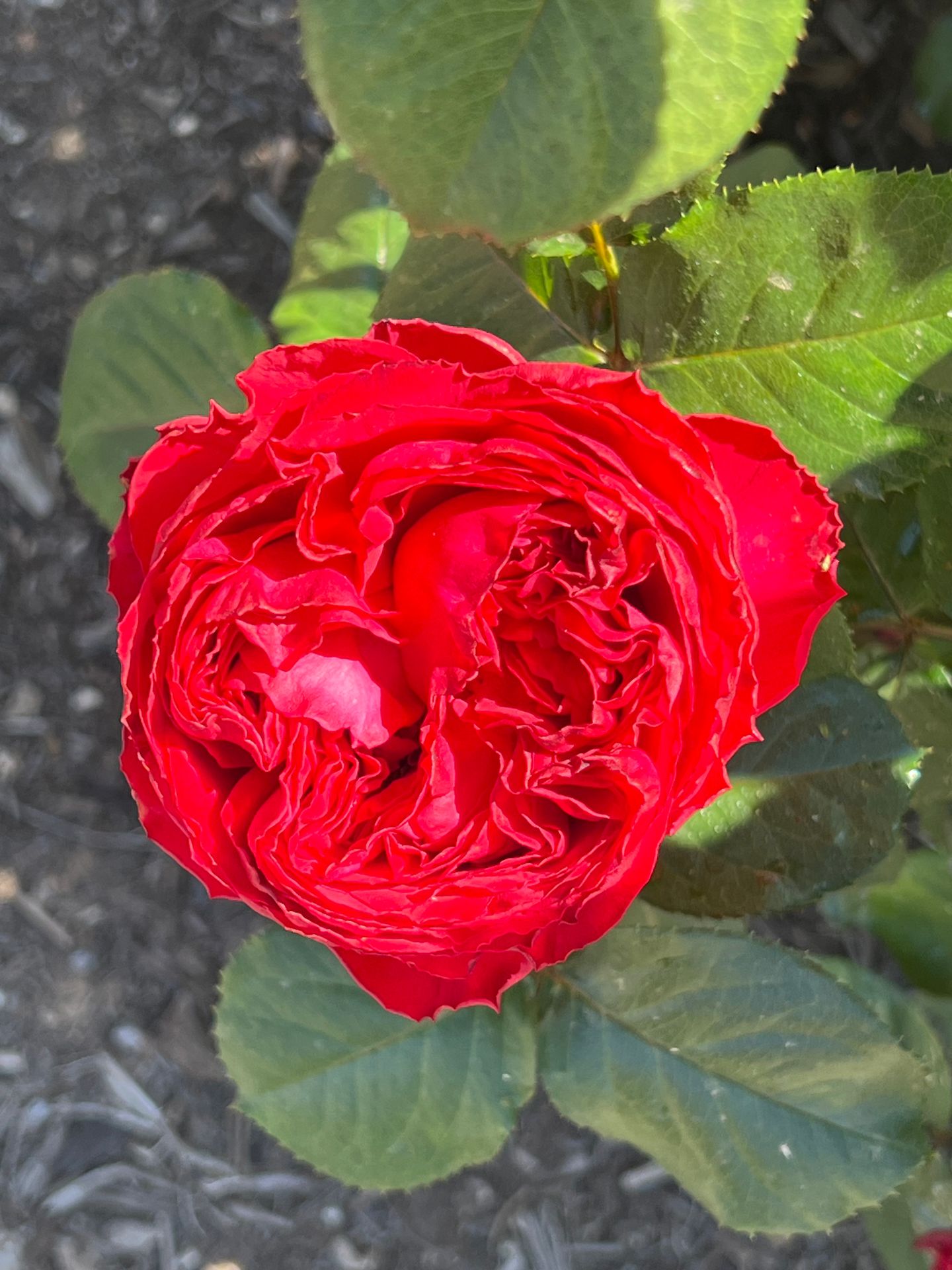Benefits of Using Magic Flower Formula for a Flourishing Garden
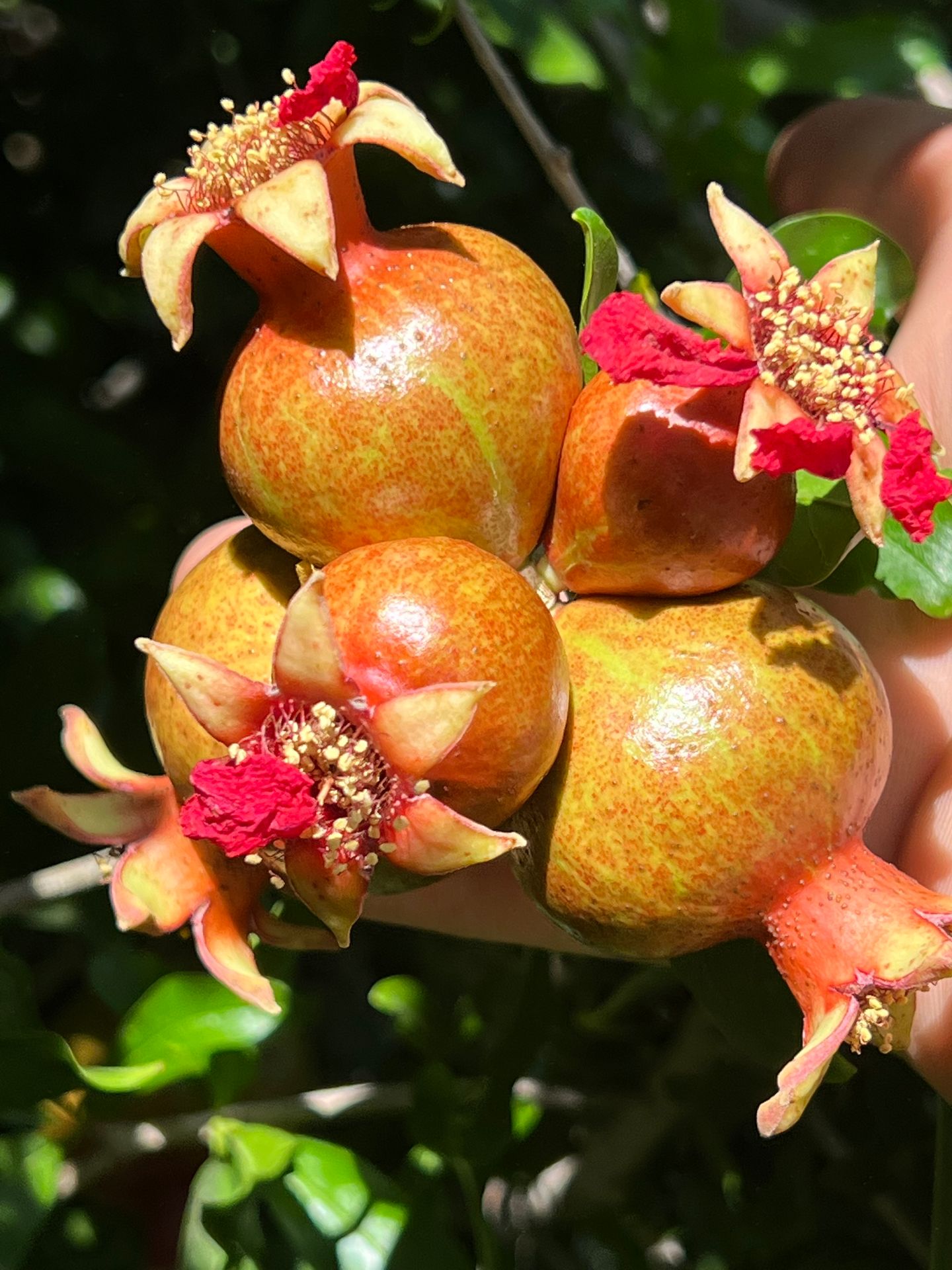
Unleashing Floral Power: How Tony’s Magic Flower Transforms Your Garden
If you grow roses, tropical exotics like plumerias and adeniums, fruit trees such as citrus, figs, avocados, or simply love having blooming vegetables (tomatoes, peppers, etc.), it’s worth knowing what role proper nutrition and soil health plays. Tony’s Magic Flower by Earth’s Original Organics is designed with those needs in mind. Below I’ll explore how it works, what’s inside, and how it benefits everything from new transplants to mature flowering plants — plus why soil health is as important as the blooms themselves.
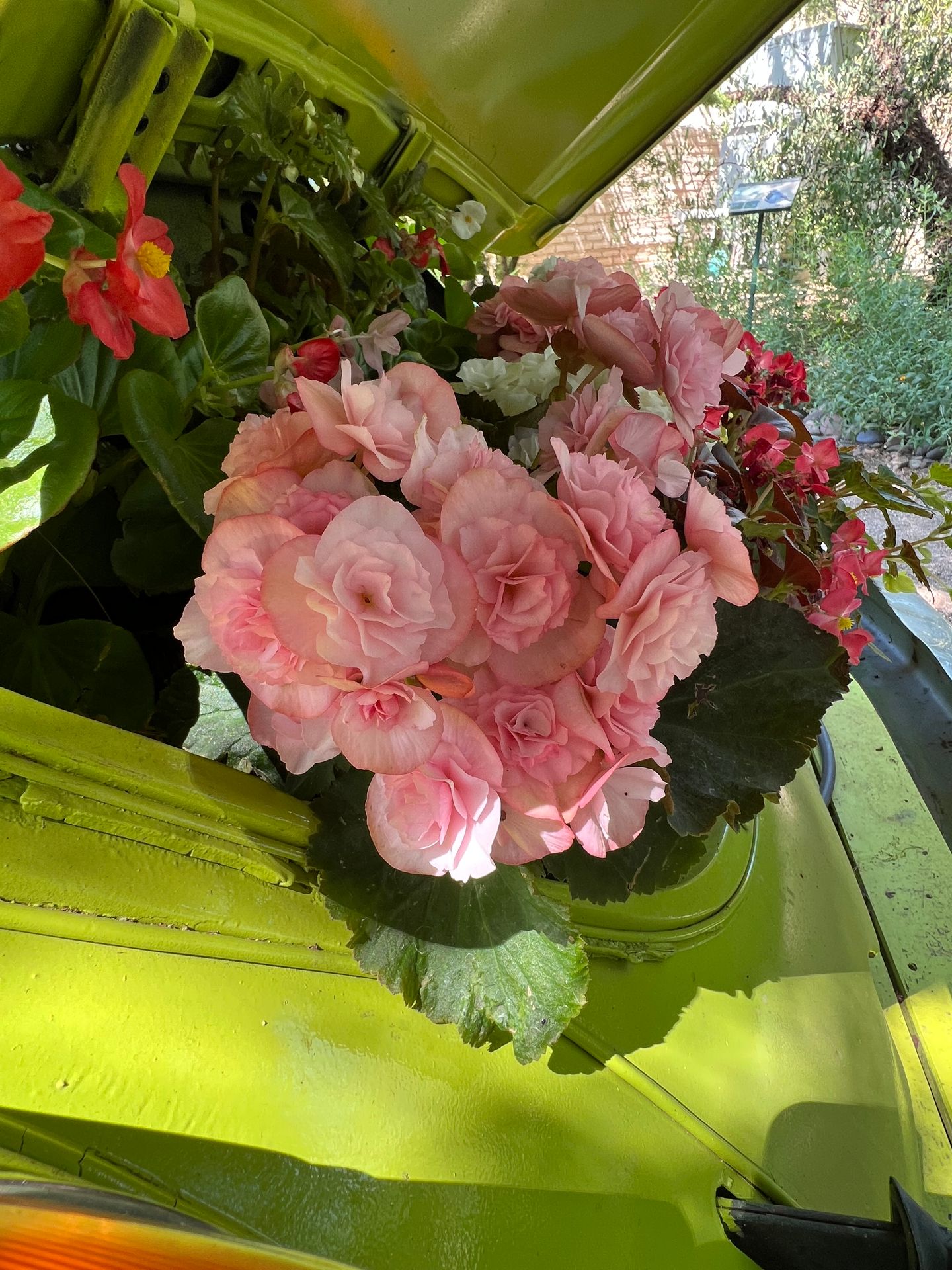
What is Tony’s Magic Flower?
Tony’s Magic Flower is an organic, flowering-and-fruiting fertilizer / soil amendment made by Earth’s Original Organics. It is the “flower/fruiting” counterpart to their “Magic Mix / Magic Dust” (which is more general growth) and is formulated to support flowering, fruiting, and root development. It includes both macro- and micro-nutrients, beneficial organic materials, and microbial partners (including mycorrhizae).
Its N-P-K ratio is approximately 1-5-1, which means relatively modest nitrogen, a strong dose of phosphorus which is important for flowers, fruit set, root development, and potassium for overall vigor and stress tolerance.
Quality Ingredients & What They Do
Below are some of the key components in Tony’s Magic Flower, and how each contributes to plant and soil performance:
| Ingredient | What it is | What it contributes |
| Bat guano | Organic guano (seabird or bat origin) rich in organic matter and minerals. | Slow-release nutrition; supports microbial life; helps with phosphorus provision, moisture retention |
| Kelp meal | Seaweed derivatives, rich in trace minerals, growth hormones, vitamins. | Helps with stress resistance, improves immunity, stimulates root growth and improves nutrient uptake. |
| Neem seed meal | Organic seed meal from neem. | Helps stretch out nitrogen availability (acts to inhibit denitrification), improves soil structure, adds micronutrients, supports beneficial soil life. | |||||||
| Molasses | Sugars and minerals, a food source for microbes. | Boosts microbial activity which speeds nutrient cycling; supports flowering and fruit development by helping the soil biome. | |||||||
| Magnesium sulfate | A source of magnesium (and sulfur). | Magnesium is essential for chlorophyll, thus helps lush green foliage and better photosynthesis, which underpins stronger flowering. | |||||||
| Volcanic ash | Mineral-rich substances with many trace elements. | Helps with structure, mineral diversity, gradual mineral leaching, cell wall strength, etc. | |||||||
| Mycorrhizae (e.g. Rhizophagus irregularis) | Beneficial fungi that colonize roots. | Extend root surface area, improving water and nutrient uptake; help with stress resilience; can improve resistance to pathogens; important for fruiting trees and exotics especially. |
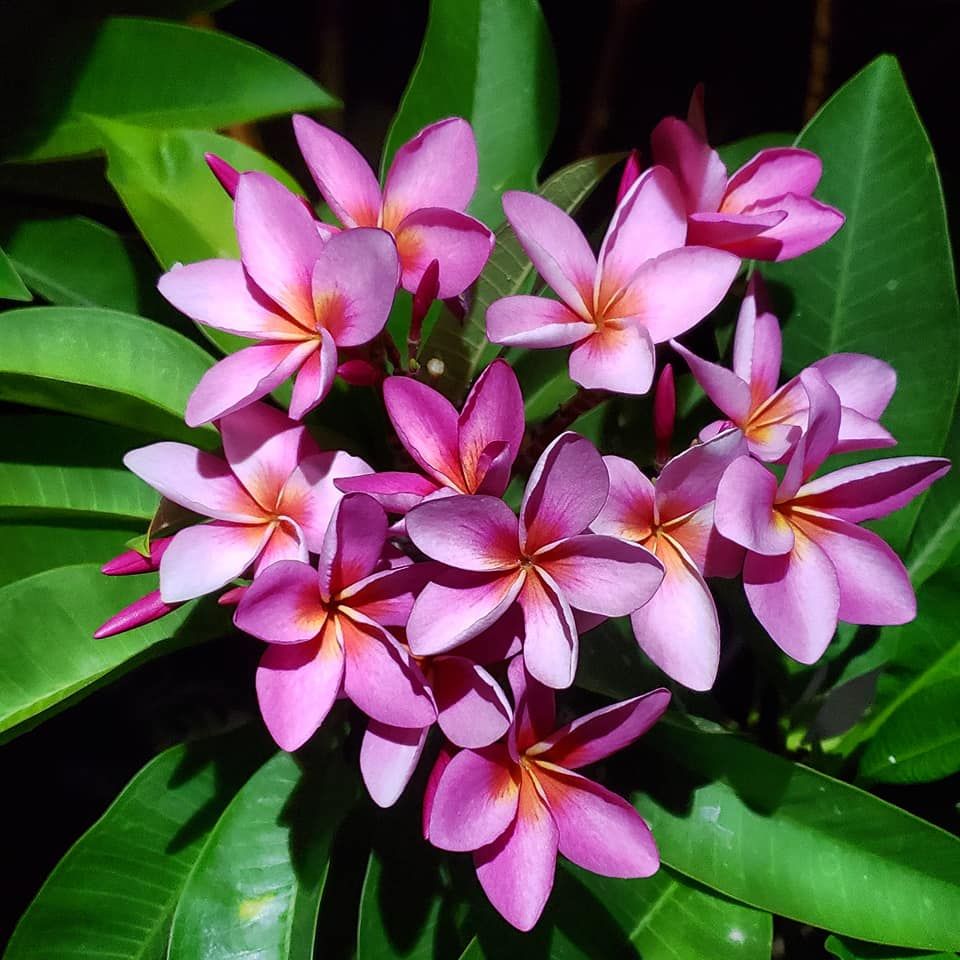
How It Helps with Flowering perennials, Roses & Exotics
Roses & Flowering Perennials
- Roses are heavy feeders of phosphorus and need strong root systems and sufficient potassium for good bud set and repeat flowering. The phosphorus in Magic Flower supports bud formation and bloom size. The potassium and other trace elements help with stress tolerance (heat, drought, disease).
- The organic materials and mycorrhiza improve root health, which is essential for roses to recover from pruning, resist wilt, and maintain strong growth.
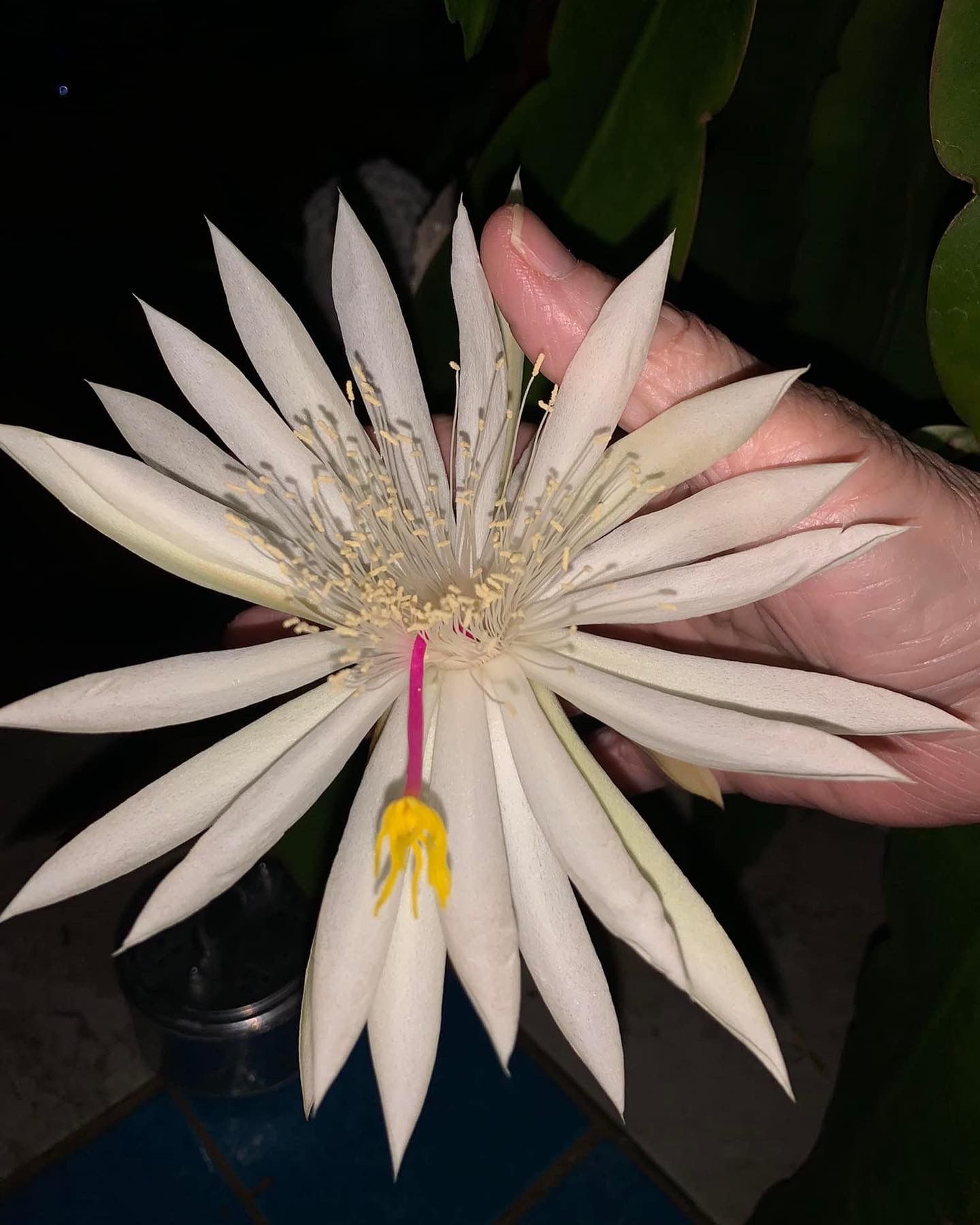
Exotic Plants (Plumeria, Adenium, etc.)
- Exotics often have demanding flowering cycles and sometimes limited root zones (in containers). The balance of nutrients in Magic Flower, plus mycorrhizal support, helps exotics produce more and better blooms.
- The slow-release nature of bat guano and the support for beneficial microbes means less risk of burn (important for sensitive roots) while supplying nutrients steadily.
- Trace minerals (from volcanic ash, kelp) help with aspects of flowering beyond N-P-K, which exotics often benefit from (color, scent, size of blooms).
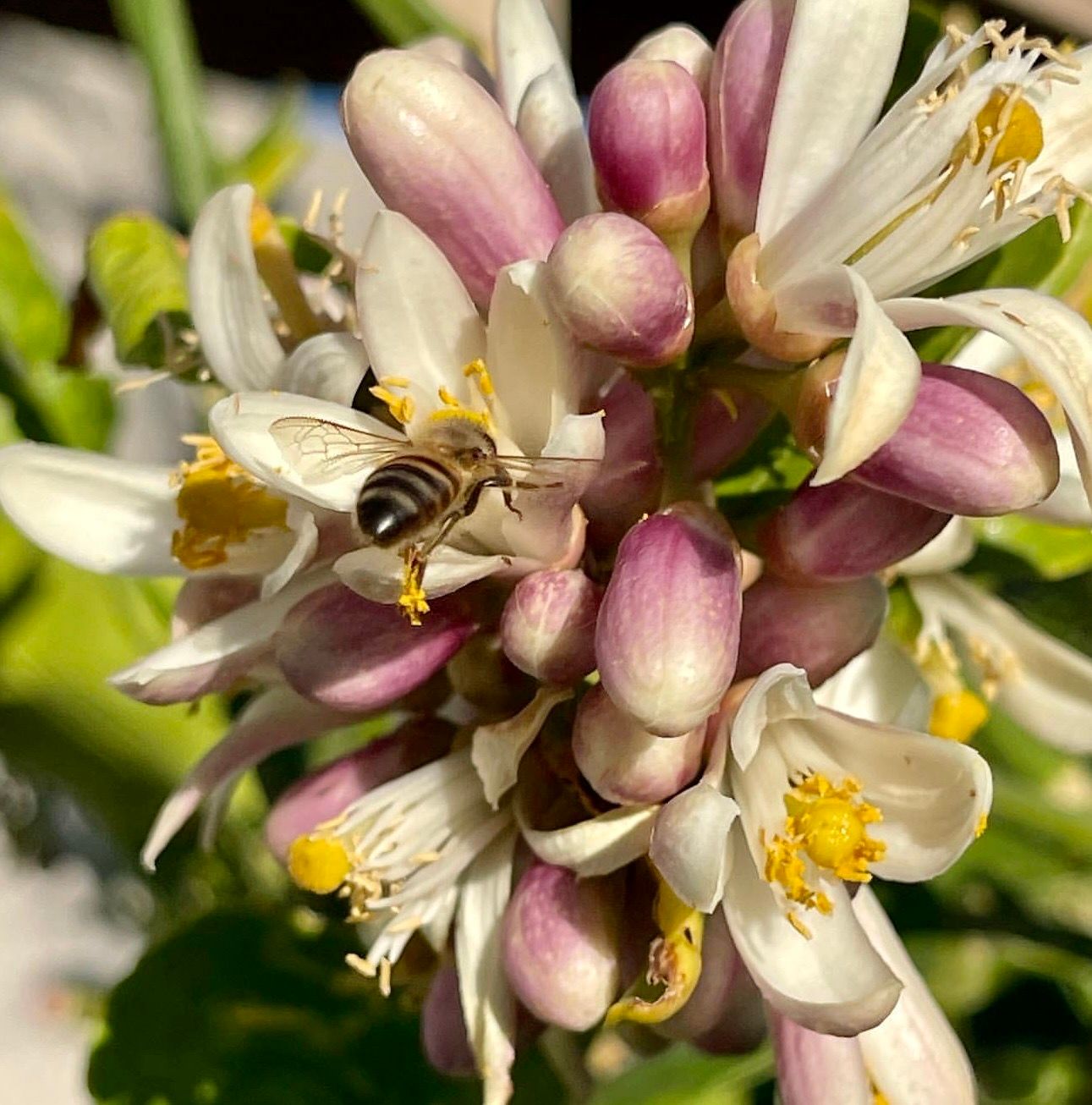
Fruit Trees, Citrus, Avocados, Figs & “Big Bloomers” - Fruiting trees have different needs: long periods of growth, then flowering, then fruiting, often in cycles, and they benefit from both strong roots and good bloom set.
- The P (phosphorus) in Magic Flower helps with fruit set and flower development.
- Potassium helps with fruit quality, sugar content, disease resistance, and overall plant hardiness.
- Calcium (present in Magic Flower) is especially important for fruit trees for cell wall strength, reducing issues like bitter pit or blossom end rot (in fruit like tomatoes, but also applies to tree fruit in terms of fruit integrity).
- Mycorrhizae help fruit trees especially because many fruit tree roots reach deep and benefit from the enhanced absorption — helping during dry spells or lower nutrient soils.
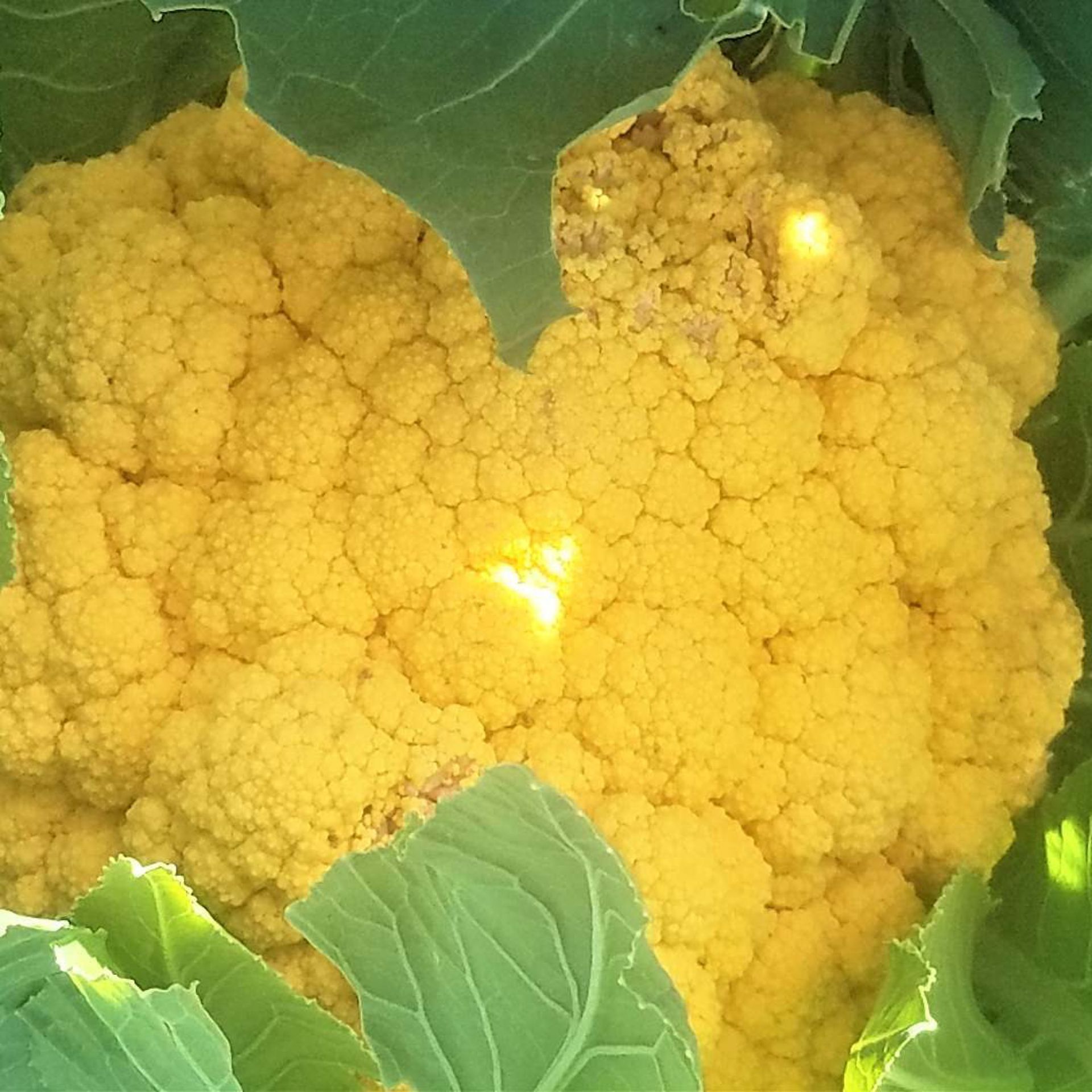
Use at Time of Planting & for Vegetables
- When planting anything new — transplants or young trees — the root system is establishing. The roots need phosphorus for root tip growth, a well-balanced supporting nutrient environment, and the presence of microbial helpers to avoid transplant shock.
- Applying Magic Flower when you plant helps root growth: good phosphorus, mycorrhiza to colonize roots, organic matter to retain moisture.
- For vegetables that bloom (tomatoes, peppers, eggplants, etc.), applying at the flowering/fruit set stage gives a boost: more/bigger blossoms; better fruit set; more robust plants with less blossom drop.
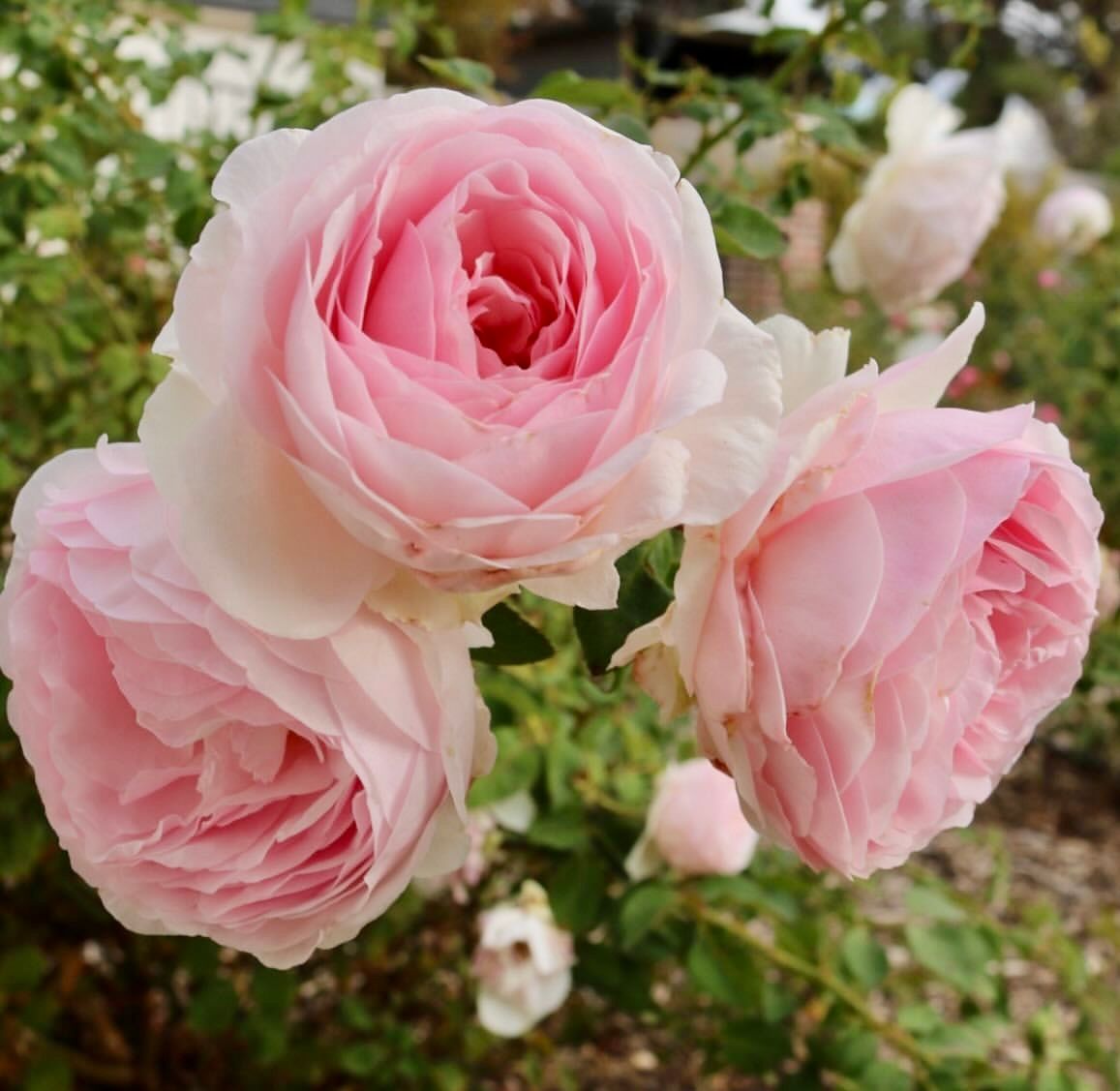
Soil Health & Long-Term Garden Benefits
A fertilizer is not just about feeding plants immediately — the long-term health of the soil, microbial balance, structure, water retention, nutrient cycling, all matter. Magic Flower contributes in these ways: - Increases organic matter in soil, which improves water retention, aeration, and root penetration.
- Encourages microbial activity (bacteria, fungi, mycorrhizae), essential for making bound nutrients available and for breaking down organic residues.
- Adds diversity of minerals (from kelp, volcanic ash) so soil is not just “NPK” but has micro-nutrients that older/depleted soils often lack.
- Because nutrients are delivered in organic, slow release forms (guano, neem, etc.), risk of leaching, “burning,” or rapid nutrient imbalance is reduced.
- Over time, the soil’s structure improves, with better tilth, more stable nutrient holding (CEC), more living organisms (earthworms, beneficial fungi, etc.), which helps plants be more resilient, needing fewer inputs.
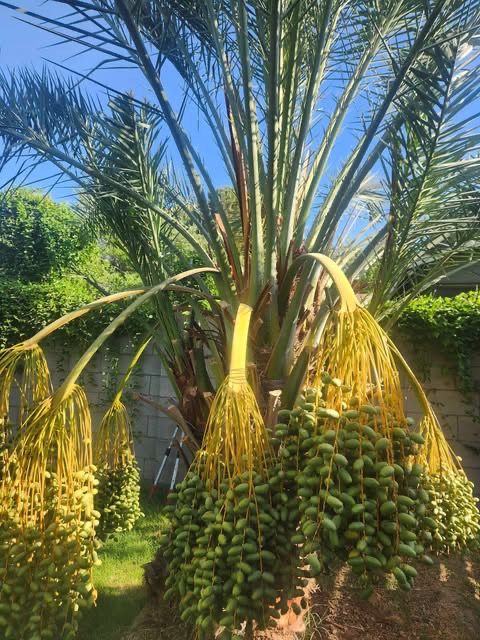
How Magic Flower Makes Plants More Robust
Putting this all together, here's how a gardener is likely to see robust plants when using Tony’s Magic Flower: - More abundant, larger blooms (roses, perennials, exotics)
- Stronger root systems — helping with drought resistance, transplant survival, reduced stress from heat or disease
- Better flowering and fruit set in fruit trees; better quality fruit (size, sweetness, less drop)
- Healthier foliage (because trace minerals, calcium, magnesium, etc., are present) — less deficiency symptoms
- Longer-lasting flowers, more repeat blooms (roses, exotics), better color/scent etc.
- Less pathogen/disease problems due to healthier soil biology and stronger plants
- Possibly less need for frequent re-fertilizing, if soil builds up in organic matter and fertility over time
Practical Tips: How & When to Apply
To get the best out of Magic Flower: - At planting: Mix into the planting hole, or around the root zone, so roots immediately have access.
- For new transplants: apply in at least two doses spaced a few weeks apart to support both root and shoot development.
- For flowering/fruiting stage on vegetables: apply when flowering starts; perhaps again when fruits start to set.
- For mature fruit trees/exotics: seasonally (spring, and perhaps mid-season or fall depending on fruit/flower cycles) applications work well.
- Use according to container or plant size: exotics in pots, apply smaller amounts; large trees in the ground, apply around drip line etc.
- Always water well after application so nutrients start dissolving into soil and reach roots.
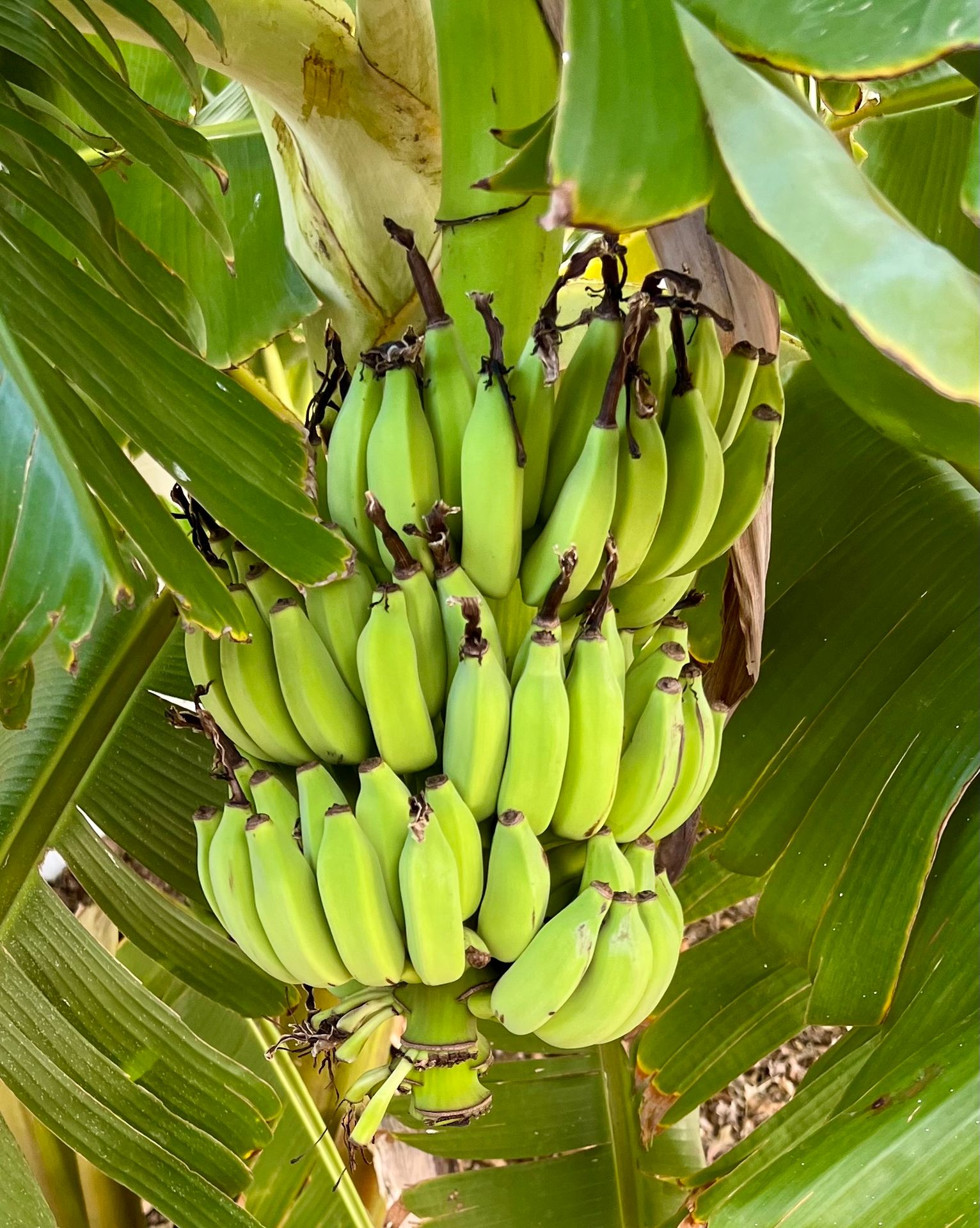
Potential Considerations / Caveats
It’s organic, slow-release, but still needs correct application. Over-application is less risky than synthetics, but still wastes product or can cause imbalance. Also, for exotics that don’t like too much phosphorus (some sensitive species), you might need to adjust or use more sparingly. Always observe plant response.
Conclusion
If you want a product that doesn’t just force a quick bloom but builds the foundation for sustained flowering, fruiting, healthy root systems, and long-lived plants, Tony’s Magic Flower is well-designed for the job. With its mix of bat guano, volcanic minerals, kelp, neem seed meal, molasses, and beneficial fungi, it supports both short-term flower/fruit goals andlong-term soil vitality. Whether for roses, exotics, fruit trees, or tomatoes and peppers in your vegetable beds, this kind of natural fertilizer shifts the focus from “just feed the plant” to “feed the soil + plant,” which is ultimately more sustainable, more productive, and more beautiful.
